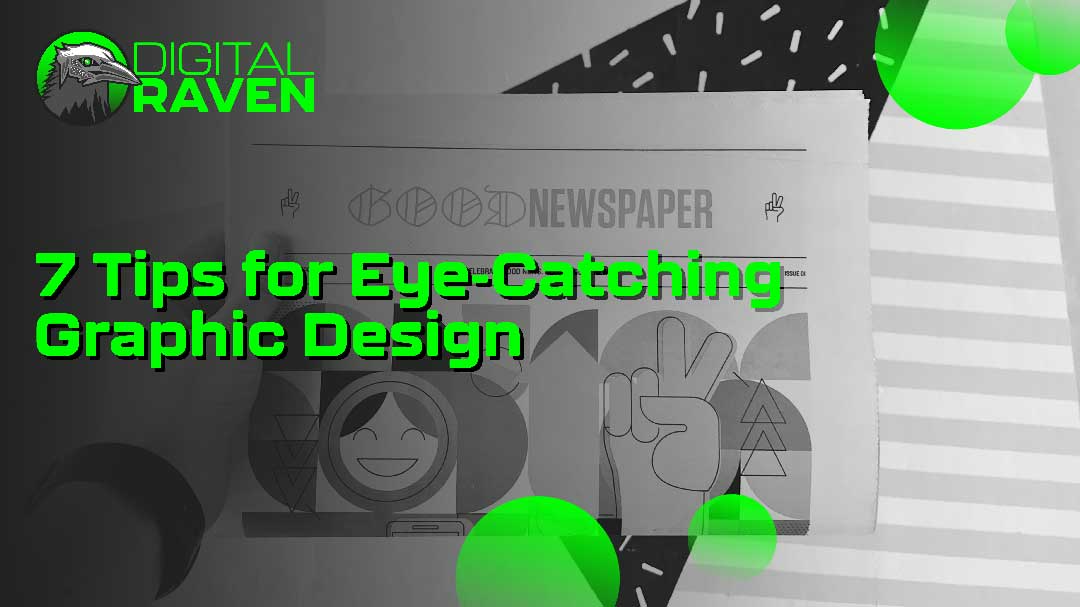7 minute read
As a graphic designer your ultimate goal is to create designs that capture the attention of your target audience and leave a lasting impression. Whether you’re creating a logo, a poster, a brochure, or a website, there are several tips and techniques you can use to create eye-catching graphic design. As a self-taught graphic designer, there are many things about design that I had to learn from experience. Below are some of the most important tips that I’ve come to know on my journey:
1. Understand Your Audience
Before you start designing, take the time to understand your target audience. What are their preferences, values, and interests? What design elements will resonate with them? By understanding your audience, you can create designs that are more likely to capture their attention and leave a lasting impression.
2. Keep it Simple
If you take anything away from this blog take this: In graphic design, less is often more. Avoid cluttering your designs with too many elements or text. Focus on the key message or concept you want to convey and use simple, bold designs that are easy to understand and remember. This tip encapsulates every following tip in some way. Below is an example of keeping design simple. The copy doesn’t take away from the imagery of the post and all the elements are balanced.
3. Use Color Effectively
Color can be a powerful tool in graphic design. Use it to create contrast, highlight important information, or evoke emotions. However, be mindful of color combinations and ensure they are visually appealing and easy to read.
4. Pay Attention to Typography
The right font can make a big difference in the effectiveness of your design. Use fonts that are easy to read and appropriate for the tone of your message. Experiment with font size, weight, and style to create hierarchy and visual interest. If you’re not too keen on making your own font combinations, there are a whole slew of font that work really well together.
5. Use Visual Hierarchy
Creating a visual hierarchy helps guide the viewer’s eye to the most important elements of your design. Use size, color, contrast, and positioning to create a clear hierarchy and make it easy for the viewer to navigate your design. Below is an example of using different font sizes to emphasize scale.
6. Incorporate Negative Space
Negative space, also known as white space, can be just as important as the elements in your design. Sometimes, your design can be filled with too many competing elements such as text and images. Use negative space to create balance, contrast, and visual interest. It can also help make your design look more modern and sophisticated. In the words of one of my mentors, negative space allows your design to breathe.
7. Be Consistent
Consistency is key in graphic design. Use a consistent color palette, font, and design style across all your marketing materials to create a cohesive and recognizable brand identity. Try not to deviate too much from your fonts and color palette, especially if clients already resonate with your current branding. There is a time and place for new font styles and color palettes, but these should only be reserved for specific cases or for very intentional reasons. The best context for design liberties is on social media.
Maybe you’ve read this far and are interested in hiring someone to take on some of your graphic design work for you. If so, please check out our design plans page. for one flat rate a month, you can have access to Digital Raven’s top notch graphic design services.

